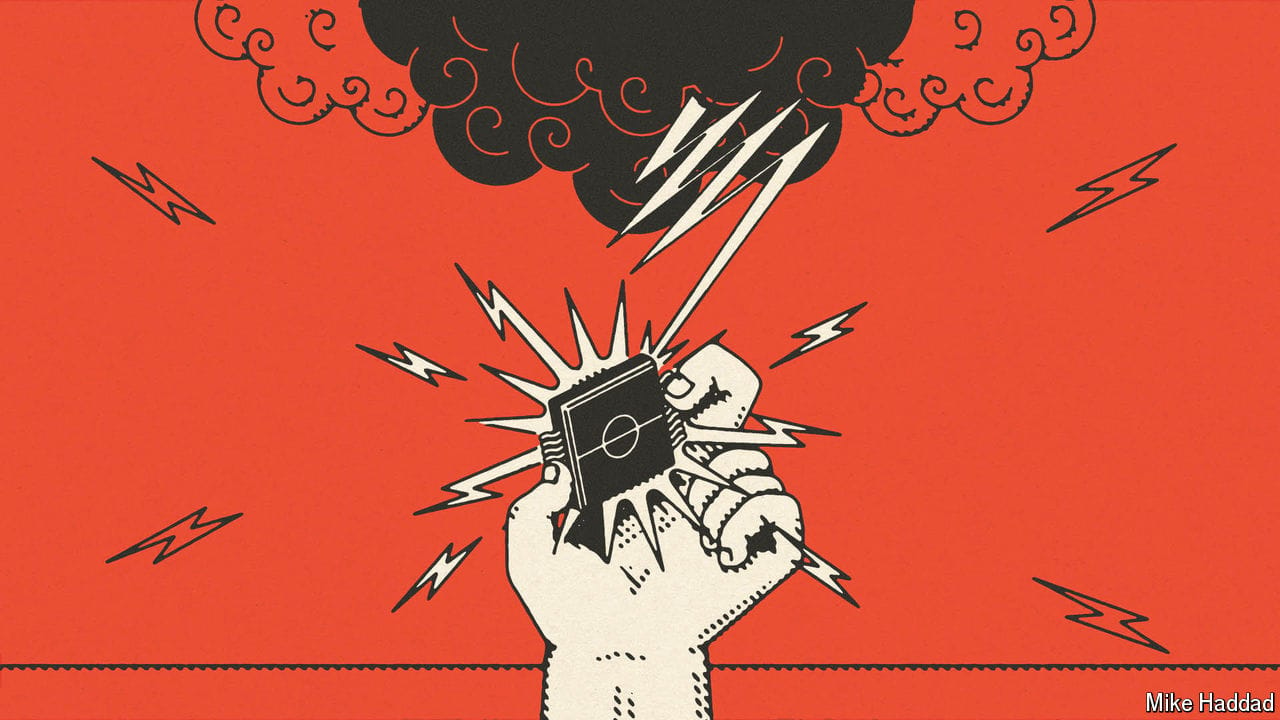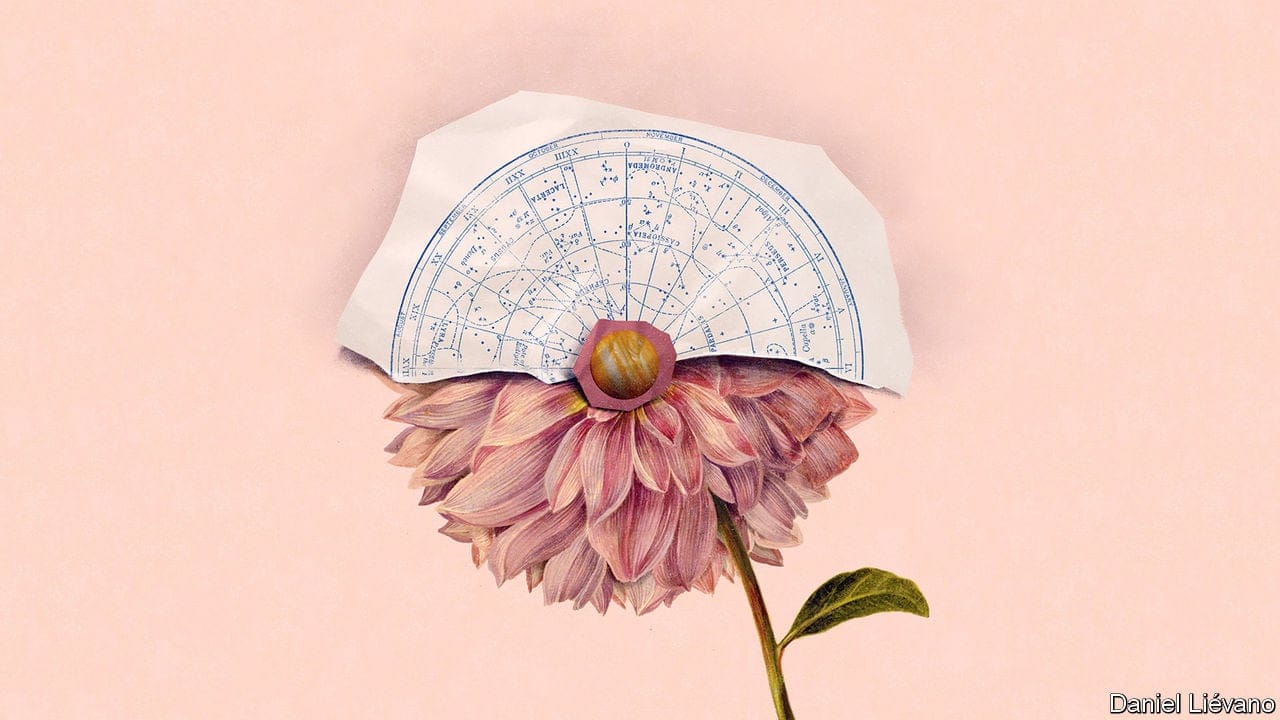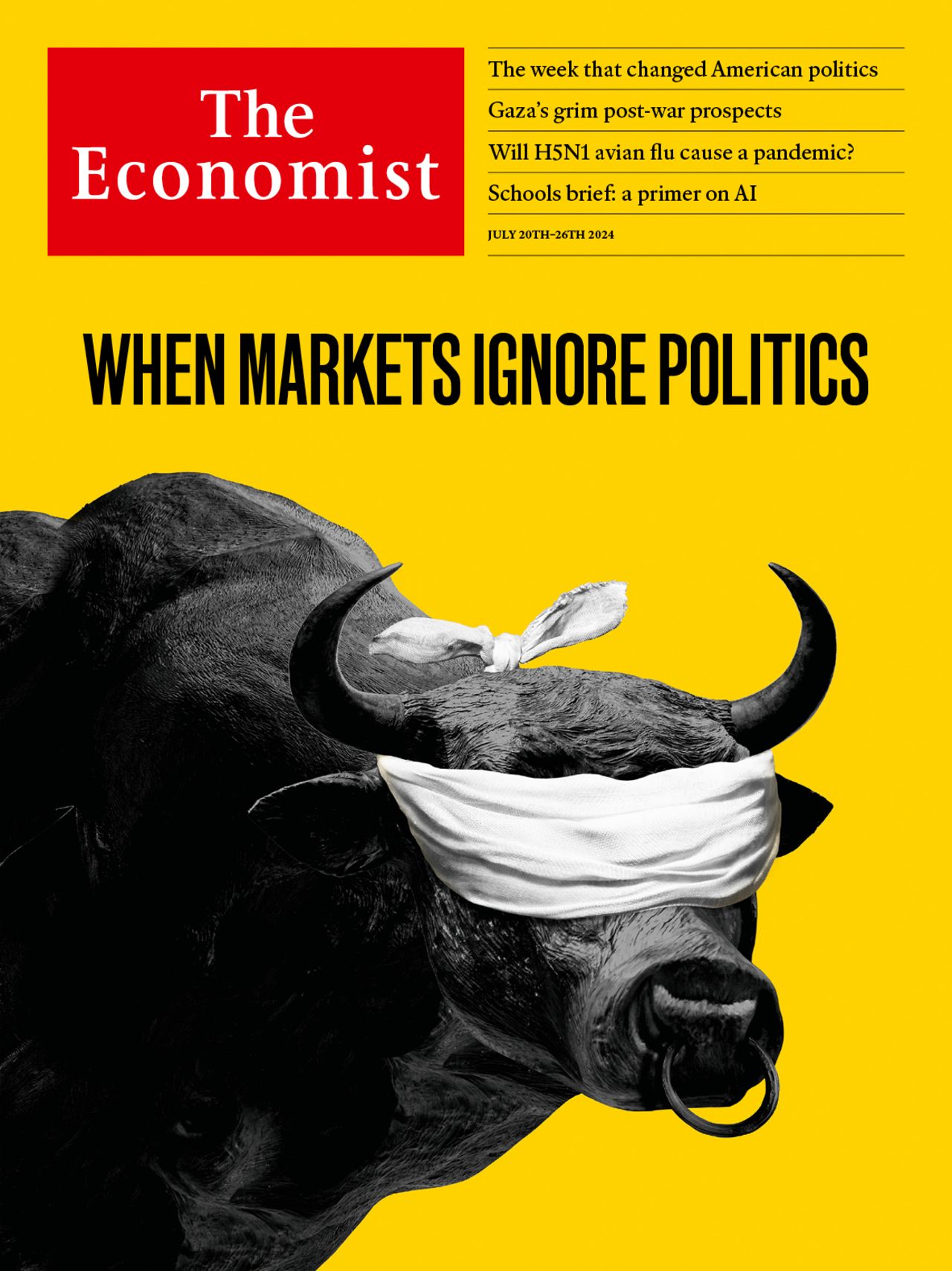A short history of AI
In the first of six weekly briefs, we ask how AI overcame decades of underdelivering

Over the summer of 1956 a small but illustrious group gathered at Dartmouth College in New Hampshire; it included Claude Shannon, the begetter of information theory, and Herb Simon, the only person ever to win both the Nobel Memorial Prize in Economic Sciences awarded by the Royal Swedish Academy of Sciences and the Turing Award awarded by the Association for Computing Machinery. They had been called together by a young researcher, John McCarthy, who wanted to discuss “how to make machines use language, form abstractions and concepts” and “solve kinds of problems now reserved for humans”. It was the first academic gathering devoted to what McCarthy dubbed “artificial intelligence”. And it set a template for the field’s next 60-odd years in coming up with no advances on a par with its ambitions.
Explore more
This article appeared in the Schools brief section of the print edition under the headline “A short history of AI”
More from Schools brief

The race is on to control the global supply chain for AI chips
The focus is no longer just on faster chips, but on more chips clustered together

AI firms will soon exhaust most of the internet’s data
Can they create more?

Finding living planets
Life evolves on planets. And planets with life evolve
On the origin of “species”
The term, though widely used, is hard to define
Making your way in the world
An individual’s life story is a dance to the music of time
How organisms are organised
Like any well-run operation, a body is made of specialised parts
